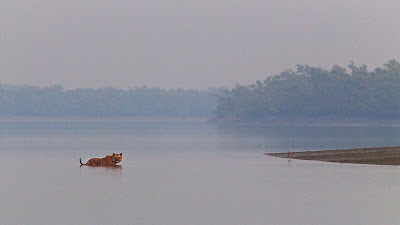An Argentine man planted a guitar shaped forest to commemorate his lost wife !
In the remote Argentine Pampas you can find an incredible forest formed in the shape of a guitar. More than 35 years ago, Pedro Ureta unexpectedly lost his wife to a brain aneurysm. Devastated by the loss of his love, he decided to create a shrine to her memory in their field that could only be seen above-head from an airplane. Ureta chose a guitar because it was his late wife’s most loved instrument.
Behind the great guitar of the verdant pampa, and its 7,000-odd trees, is a love story that took a tragic turn.
The green guitar is the handiwork of an Argentine farmer named Pedro Martin Ureta, who is now 70. He embedded the design into his farm many years ago, and maintains it to this day, as a tribute to his late wife, Graciela Yraizoz, who died in 1977 at the age of 25, of a ruptured cerebral aneurysm, a weakening in the wall of a blood vessel that eventually burst.
There, on the monotonous plain below, where pilots stare in disbelief, is a giant guitar landscaped out of cypress and eucalyptus trees. It is more than two-thirds of a mile long.
Most of the guitar, including the figure-eight-shaped body and star-shaped sound hole, is formed of cypress trees. For the strings, Mr. Ureta planted six rows of eucalyptus trees, whose bluish tone offers a contrast visible from above.
Unfortunately, Mr. Ureta himself has never seen his great guitar from the sky, except in photographs. He’s afraid of flying.












































